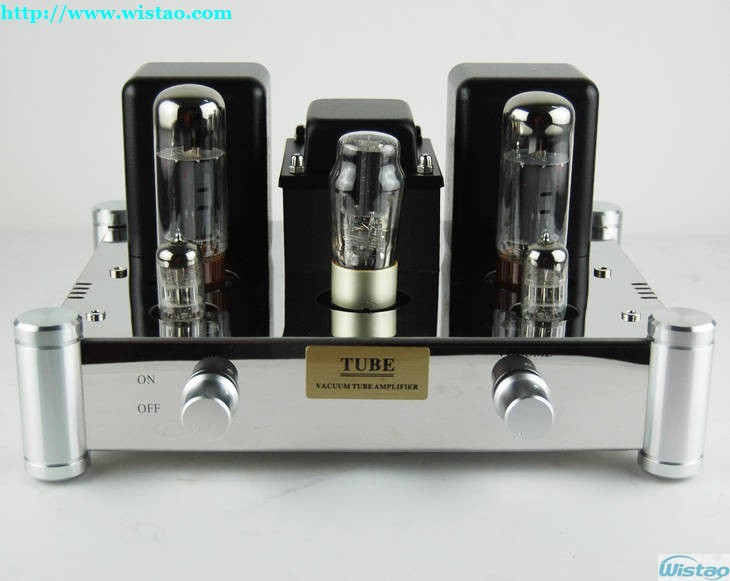Why do more audiophiles like class A tube amplifier?
Audio amplifiers in mass production typically use an integrated circuit to amplify the audio signal. Even though modern audio amplifiers reproduce audio signals with less signal distortion than their predecessors, some audiophiles prefer the "warm" tone a tube amplifier produces when it reproduces an audio signal. Except integrated circuit to amplify, many audio and power amplifiers sold for personal and commercial use contain electronic devices called transistors. Transistors came about as an intended improvement upon an older technology—the vacuum tube, used as an amplifier component since the early 1900s.

One common type of vacuum tube - the triode - is commonly used to create tube amplifiers. A triode is so named because it has three electrical connections: the grid, the plate, and the cathode. A triode can receive an alternating current - or AC - signal through the triode grid connection, and can amplify the signal by application of direct current - or DC - electrical energy across the triode plate and cathode connections. A Class-A amplifier operates at an efficiency level between 25 and 50 percent. Therefore, a triode-based Class-A amplifier requires a high-voltage (100-volt or more) DC power source to provide power to the amplifier. Unlike transistor-based Class-A amplifiers, a triode-based amplifier also requires a separate direct-current (DC) power supply for a cathode heater. Without the cathode heater activated, a triode-based amplifier will not work.
While many transistor-based amplifiers are capable of reproducing and amplifying a signal without noticeable signal distortion, someaudiophiles prefer the slightly distorted signal that a tube amplifier provides.
There are two types of tube amplifier output circuit: Push-pull output circuits that are wired so that the output current is split and runs in parallel, the other is single-ended output stages that are not split and run in a linear fashion. Single-ended tube amplifiers can generate more power from less current. Single-ended tube output circuits are used in both audio and instrument amplification. There is less distortion in a single-ended amplifier because the output currents do not cross over.
More Tube Amplifier, please find WISTAO online store at aliexpress

Thanks for sharing this article here about the audio amplifier. Your article is very informative and I will share it with my other friends as the information is really very useful. Keep sharing your excellent work.audio amplifiers for sale online New York
ReplyDeleteThere are some power amplifiers, https://www.iwistao.com/collections/single-ended-tube-amp
ReplyDeleteOr, https://www.iwistao.com/collections/power-amplifiers